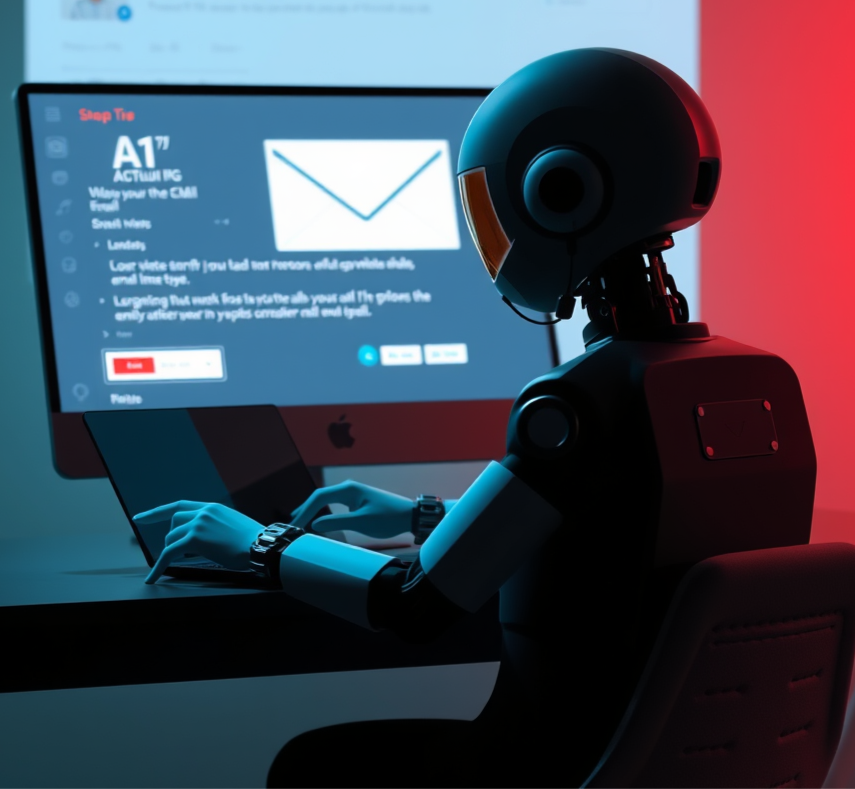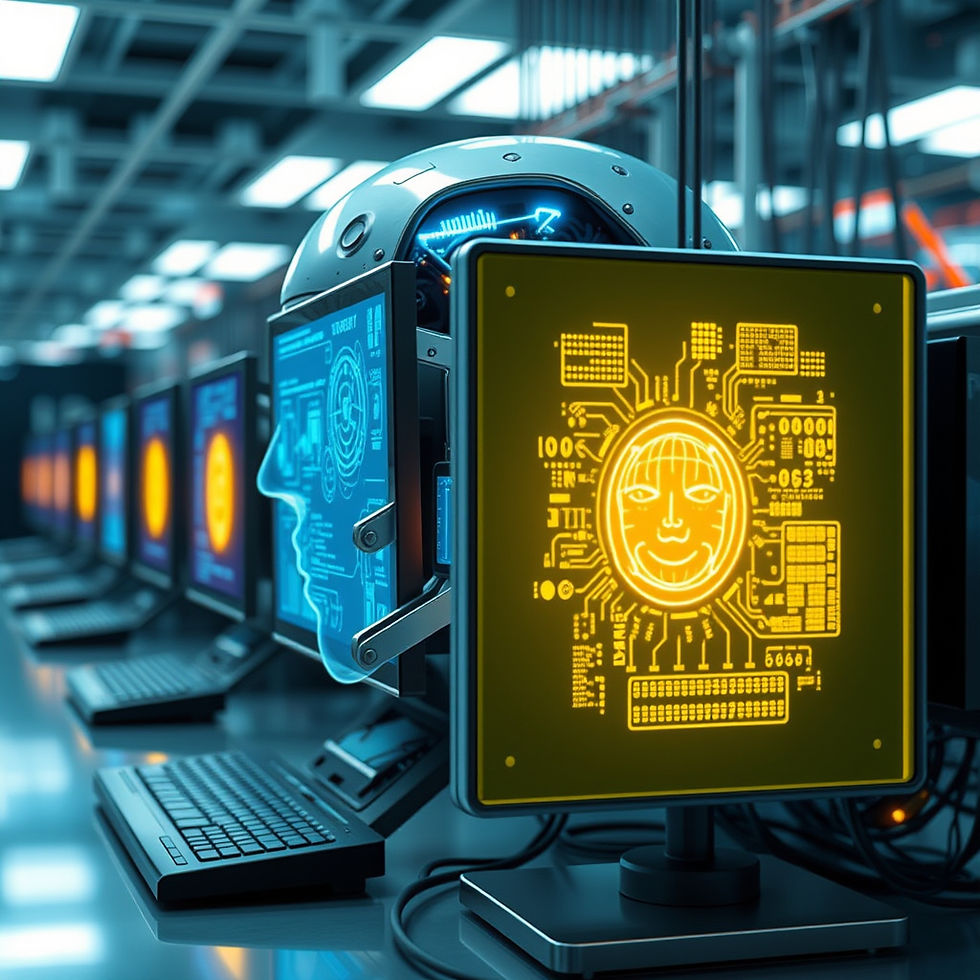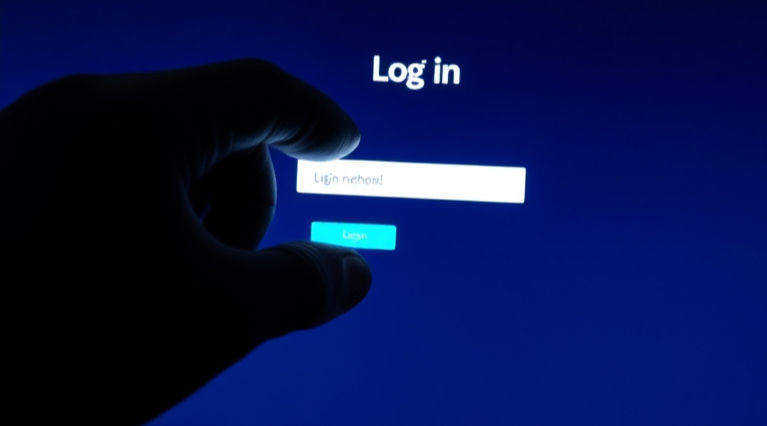AI-Powered Cyberattacks Are Escalating—Is Your Organization Ready?
- Ben Card

- Sep 22
- 2 min read

In the past week, cybersecurity experts have sounded the alarm over a rapidly intensifying threat: the use of artificial intelligence by cybercriminals to supercharge attacks against businesses and institutions. This isn’t a distant future scenario—it’s unfolding now, and organizations that fail to adapt may find themselves dangerously exposed.
One of the most concerning developments is the rise of AI-generated phishing and deepfake attacks. Unlike traditional phishing emails riddled with typos and generic language, these new threats are hyper-personalized.

Attackers use AI to scrape social media, internal communications, and public-facing data to craft messages that mimic real conversations. Even more alarming, deepfake audio and video calls are being used to impersonate executives and IT personnel, tricking employees into granting access or transferring funds. Nearly half of surveyed organizations report encountering deepfake attempts already.
Simultaneously, AI-driven malware is evolving to target cloud environments with precision. These malicious programs are designed to navigate complex architectures, move laterally across systems, and evade detection. With cloud adoption continuing to surge, the attack surface is expanding—and so is the risk. Research shows that breaches involving cloud data are among the most expensive, averaging over $4.6 million per incident.

Supply chain vulnerabilities are also under siege. Cybercriminals are increasingly targeting third-party vendors with weaker defenses, knowing that a successful breach can cascade into the primary organization. In fact, 30% of recent data breaches involved third-party compromise, double the rate from last year.
The implications are clear: traditional security models are no longer sufficient. Organizations must shift from reactive to proactive strategies. This includes implementing Zero Trust architectures to limit lateral movement, investing in AI-powered threat detection to match adversaries, and conducting regular audits of vendor security practices.

Education is equally critical. Employees should be trained to recognize sophisticated social engineering tactics and understand the risks posed by deepfakes and impersonation. Security teams must stay informed on emerging threats and continuously update incident response plans to reflect the evolving landscape.
Cybersecurity is no longer just a technical challenge—it’s a strategic imperative. As AI reshapes the threat environment, resilience will depend on agility, awareness, and a commitment to continuous improvement. The question isn’t whether your organization will be targeted. It’s whether you’ll be ready when it is.
Contact us today to discuss how we can help you prepare to defend your organization against these types of attacks.





Comments